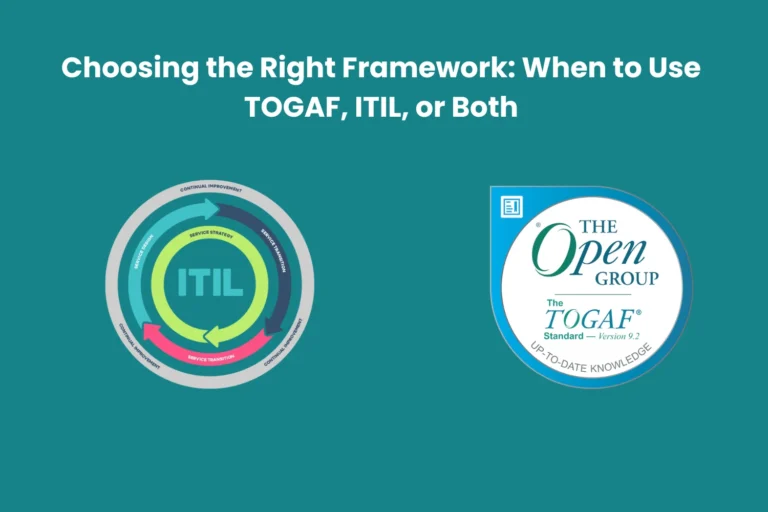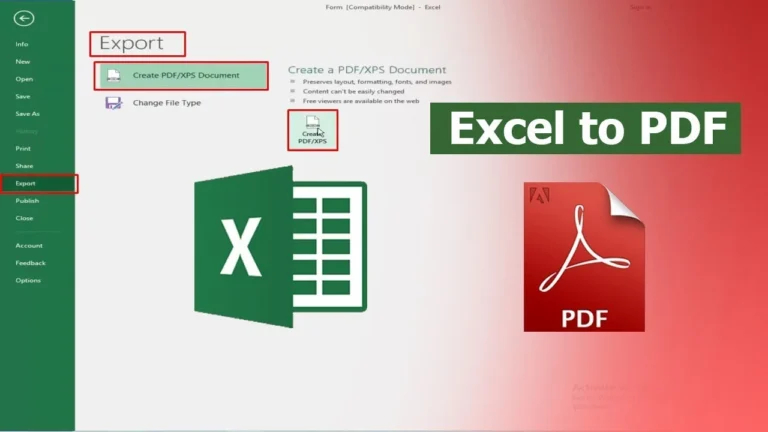Hacking-Proof: White-Box Cryptography for Ultimate Protection
Are you worried about the security of your personal information and sensitive data in the digital age? If yes, then do not worry at all because white box cryptography is here to save the day!
This cutting-edge technique which is also known as the hacking-proof technology gives you ultimate protection against malicious attacks by hiding the encryption keys inside the code itself.
So continue your journey with the impenetrable shield of white box cryptography and avoid traditional methods that are vulnerable to hacking.
In short, your data will be safe and sound and hackers will be left scratching their heads. Let’s take a deeper dive and check the ultimate solution for all your security concerns.
How White-Box Cryptography Works
White box cryptography is the method of encryption that protects data by concealing the encryption keys and algorithm through obfuscation and constant re-encryption. This is what makes it very difficult for the attacker to extract the key or algorithm, thus preventing them from accessing the encrypted data.
In this cryptography, the encryption is split into multiple pieces and each piece is stored in various locations with the software. This is what makes it almost impossible for an attacker to find the entire key and decrypt the data.
In addition to this, the key is constantly re-encrypted using several transformations that make it even harder to decipher. The process of constant encryption is called “whitening.”
Furthermore more to obfuscation and whitening, white-box cryptography also makes use of techniques such as the out and input encoding. Through this, the input data is modified before the encryption and the output data is also modified before the decryption which makes it very challenging for the attackers to understand the encryption processes.
This whit-box cryptography is mainly used in software systems where the encryption key and the algorithm need to be stored within the same device or system. It also provides a high level of scurry against the attacks. This also allows the encrypted data to be used and accessed within the system without compromising its security.
Advantages of White-Box Cryptography
1. Increased Security: The white box cryptography is designed to be more secure as compared to the other cryptographic methods. It is very much harder for other attackers to access or tamper with the key since the decryption key is embedded within the software itself. This is what makes it more difficult for them to steal sensitive information or manipulate the encryption process.
2. Faster Processing: Their algorithms are also designed to be more efficient than other cryptographic methods since the key is already incorporated into the code. This allows for faster encryption and decryption processing which makes it a very good choice for the application that needs speedy encryption such as online transactions.
3. Platform Independence: This white-box cryptography can be implemented on any platform or device, unlike the other cryptographic methods that are specific to certain platforms or devices. This is what makes it more versatile and adaptable for use in different environments.
4. Higher Scalability: Last but not least, it also allows for easier scalability as compared to the other cryptographic methods. Since both the decryption and encryption keys are already embedded in the software, there is no need to worry about key management or distribution when scaling up the application. This is what makes it a good choice for the large-scale deployment and applications that need to be handled in a high volume of data.
Difficulties in implementing white-box cryptography
1. Reverse engineering: Preventing reverse engineering by an attacker is the most significant challenge in implementing this white box cryptography. It is very easy for an attacker to analyze the code and extract the secret key since the encryption algorithm and the key are implemented in the software.
2. Limited key space: It often makes use of a smaller key space than the traditional cryptography which makes it more vulnerable to brute force attacks. This limitation is because the algorithm and the key must be expressed in a finite number of operations that can be excited in the software.
3. Computational overhead: The implementation of this cryptography algorithm often needs a significant amount of computational overhead. This can result in a slower execution spend as compared to traditional cryptography.
4. Platform dependence: This implementation of cryptography is often specific to be particular software platform and may not be portable to another platform. This makes it very difficult to use the same white-box implementation in various systems.
Future of White-Box Cryptography
The white box cryptography that involves protecting cryptographic algorithms and the keys in software applications has become increasingly important as technology continues to advance. The future of this cryptography is likely to involve the combination of innovative techniques and strategies to increase usability, security, and applicability to different use cases.
One potential direction for this cryptography is the improvement and development of homomorphic encryption that allows for the computations to be performed on encrypted data without revealing the underlying information. This could enable secure computing and data sharing, and privacy-preserving analytics as well.
The next area of focus is on the security of the implementation of white-box cryptography that consists of techniques such as obfuscation and code diversifications to avoid reverse engineering and code tampering. This is very crucial as cyber threats and attacks become more sophisticated.
It is also likely to be integrated into the emerging technologies such as the Internet of Things, where you need for secure communication and data protection is increasing.
Finally, the advancements in hardware, such as the secure enclaves and trusted execution environments may also play a role in the future of white-box cryptography offering secure platforms for executing sensitive operations.
Conclusion
In summary, the ultimate solution to protect your app from malicious hackers – Appsealing. With the help of this cutting-edge technology of white-box cryptography, your app can now stay safe and secure from any hacking attempts. So there are no more worries about stolen information or data breaches.
Your app is fully shielded with the impenetrable layers of security with the help of Appsealing. This is the right time to welcome the hack-proof app and end your vulnerabilities.







